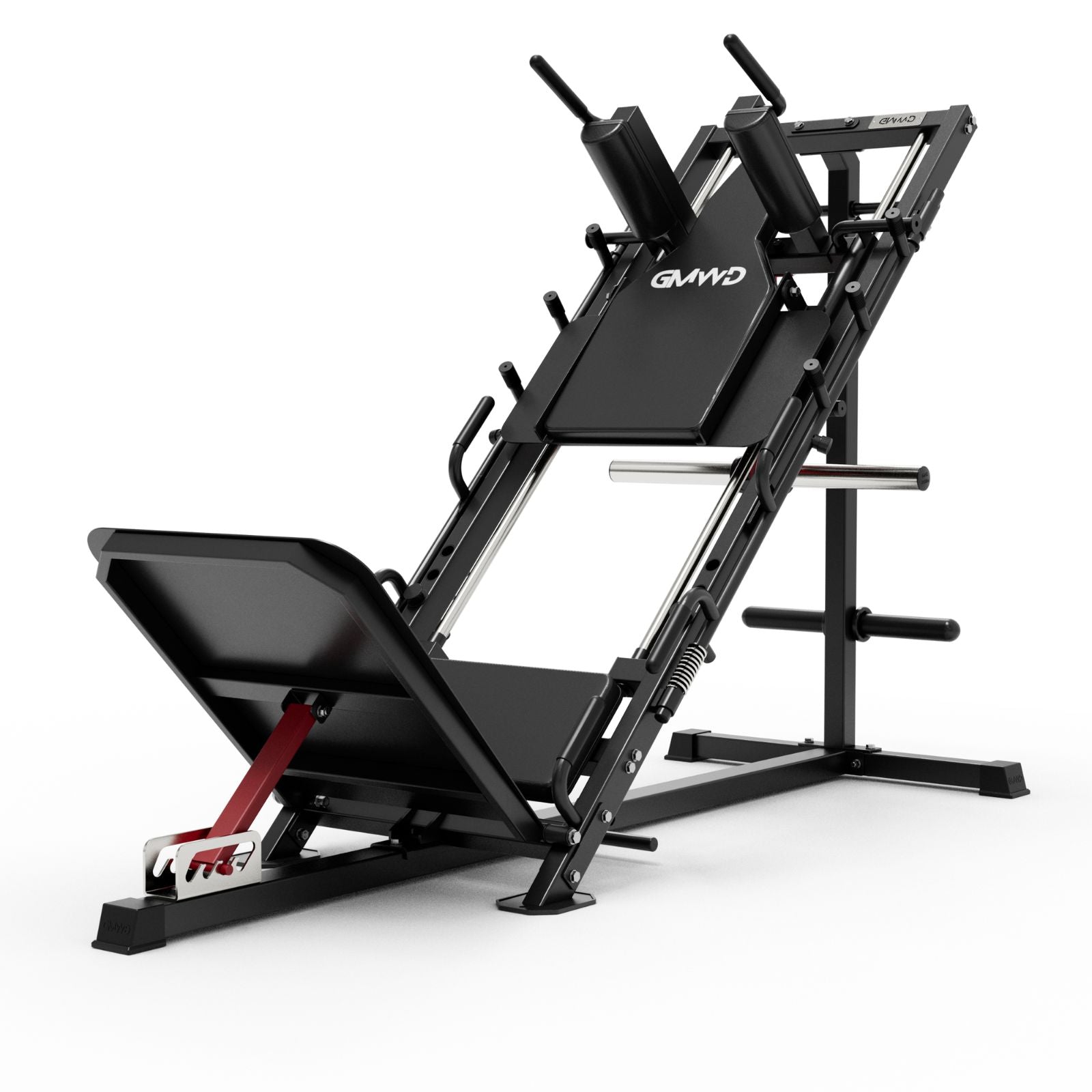When recovering from a shoulder injury or surgery, regaining range of motion, strength, and flexibility is essential. One of the most effective tools to support this process is the shoulder rehab pulley—a simple yet clinically trusted device used in physical therapy settings and home rehab programs alike.
Whether you're recovering from rotator cuff surgery, frozen shoulder, or general joint stiffness, a pulley system for shoulder rehab offers low-impact, controlled movement that promotes healing without aggravating the injury.
What Is a Shoulder Rehab Pulley?
A physical therapy shoulder pulley is a compact device typically consisting of a rope, pulley wheel, and two handles. It can be easily mounted over a door, allowing users to perform assisted range-of-motion exercises. By using the unaffected arm to guide the injured one, patients can gently increase shoulder mobility without bearing any load.
This makes it an ideal solution for:
-
Post-operative shoulder recovery
-
Rehabilitation from rotator cuff tears
-
Treatment of adhesive capsulitis (frozen shoulder)
-
General shoulder stiffness due to aging or inactivity
Why Shoulder Pulley Therapy Works
Shoulder pulley therapy is rooted in passive motion, a foundational principle in orthopedic rehab. By guiding the arm through controlled movements, it helps to:
-
Reduce stiffness in the shoulder joint
-
Increase blood flow for faster healing
-
Gently restore flexibility and strength
-
Prevent long-term loss of mobility
According to physical therapists, incorporating a pulley for shoulder rehab into a daily routine can significantly accelerate recovery when paired with professional guidance and consistency.
Clinical Expertise: How to Use a Shoulder Pulley Safely
Having spent over 20 years in fitness and rehab, I’ve seen firsthand how simple tools like the shoulder rehab pulley can change the course of a patient’s recovery. Here's how to use it safely and effectively:
-
Mount Properly – Install the pulley over a sturdy door with the provided anchor.
-
Start Slow – Begin with 5–10 repetitions, keeping your movements slow and within a pain-free range.
-
Breathe & Relax – Maintain good posture and avoid tensing up during the motion.
-
Progress Gradually – Increase range and reps as advised by your physical therapist.
Always consult a licensed medical professional before starting shoulder pulley therapy, especially after surgery.
Choosing the Right Pulley System for Shoulder Rehab
There are many options on the market, but not all are created equal. Look for systems that offer:
-
Adjustable rope length for different arm lengths and ceiling heights
-
Non-slip door anchors for safety
-
Ergonomic handles for comfort during extended use
Top-rated products often emphasize ease of setup, portability, and durability—key features when doing rehab at home.
Trusted by Physical Therapists and Patients Alike
Over the years, physical therapy shoulder pulley systems have become a mainstay in rehabilitation clinics and home recovery programs. They are especially useful for elderly patients or those with limited strength, as they require no weight lifting and offer full control of the exercise.
It’s no surprise that the shoulder pulley therapy market has grown steadily, with thousands of positive reviews emphasizing how these devices make post-injury recovery less intimidating and more accessible.
Final Thoughts: Shoulder Recovery Starts with the Right Tools
Incorporating a pulley for shoulder rehab into your recovery plan can lead to measurable improvements in mobility, flexibility, and comfort. As a seasoned rehab professional, I recommend these tools for anyone undergoing shoulder therapy—whether you're just beginning or working toward full range of motion.
Remember: progress takes consistency. With a reliable pulley system for shoulder rehab and the guidance of a qualified therapist, recovery is not just possible—it’s achievable.










































Leave a comment
This site is protected by hCaptcha and the hCaptcha Privacy Policy and Terms of Service apply.